
I first fell in love with the graphic works of Toulouse-Lautrec in college. Posters of his magnificent advertisements covered my dormitory room walls. I still love his work.


I also love the Grand Palais. I mean, just look at it! Construction of the building began in 1897 following the demolition of the Palais de l’Industrie as part of the preparation works for the Universal Exposition of 1900, which also included the creation of the adjacent Petit Palais and Pont Alexandre III. It has been listed since 2000 as a historique monument by the French Ministry of Culture.

Although the Palais appears to be in the style of Beaux-Arts architecture as taught by the École des Beaux-Arts of Paris, and the building reflects the movement’s taste for ornate decoration on its stone facades, its structure, in fact, is made of iron, light steel framing, and reinforced concrete. These were very innovative techniques and materials at the time, and included the glass vault.








A stained glass design by the artist. I had no idea he had worked in this medium.

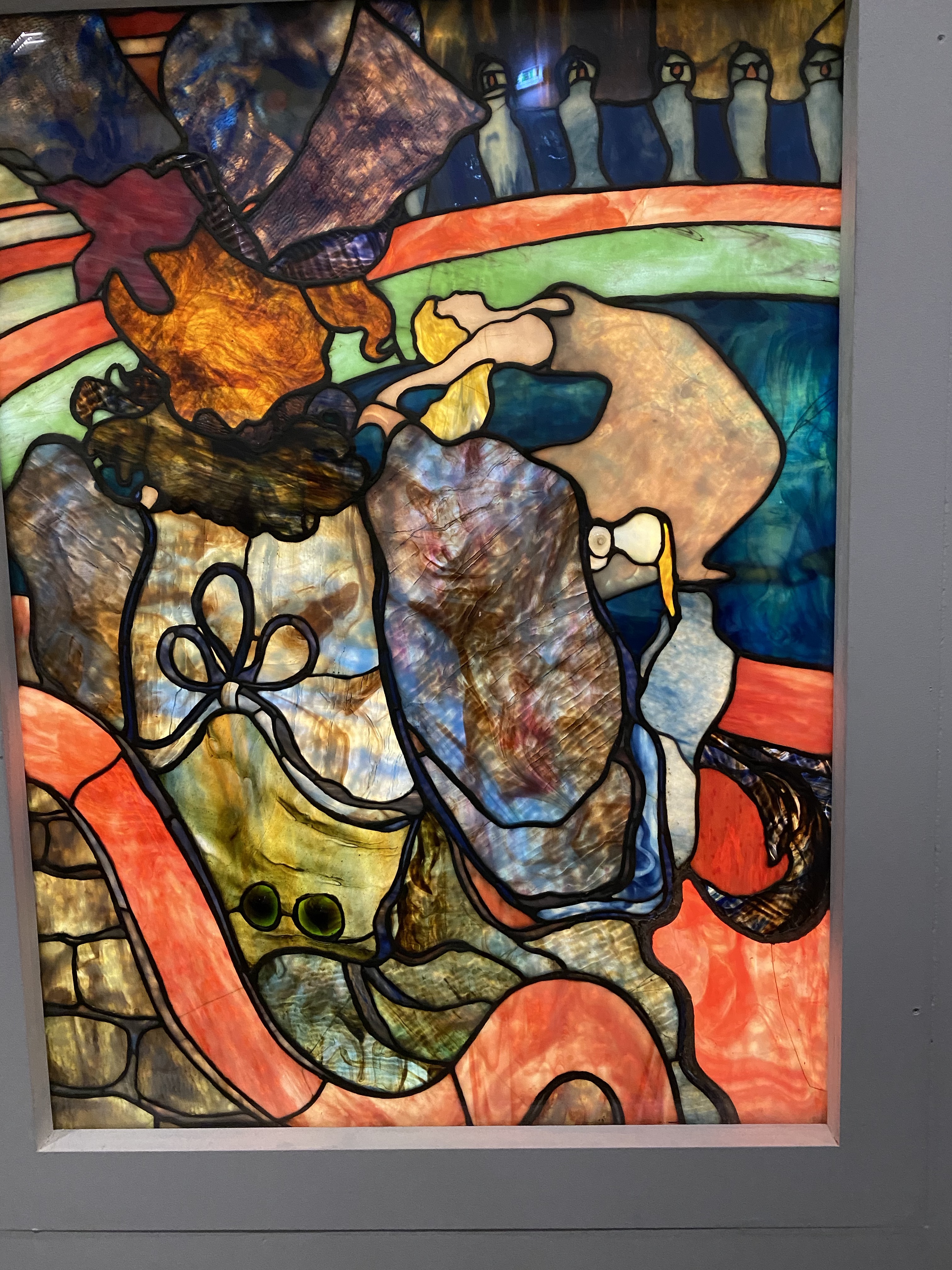
The design for the glass:









Yes, here is the ad for the magazine La revue blanche! This design has always been a favorite!

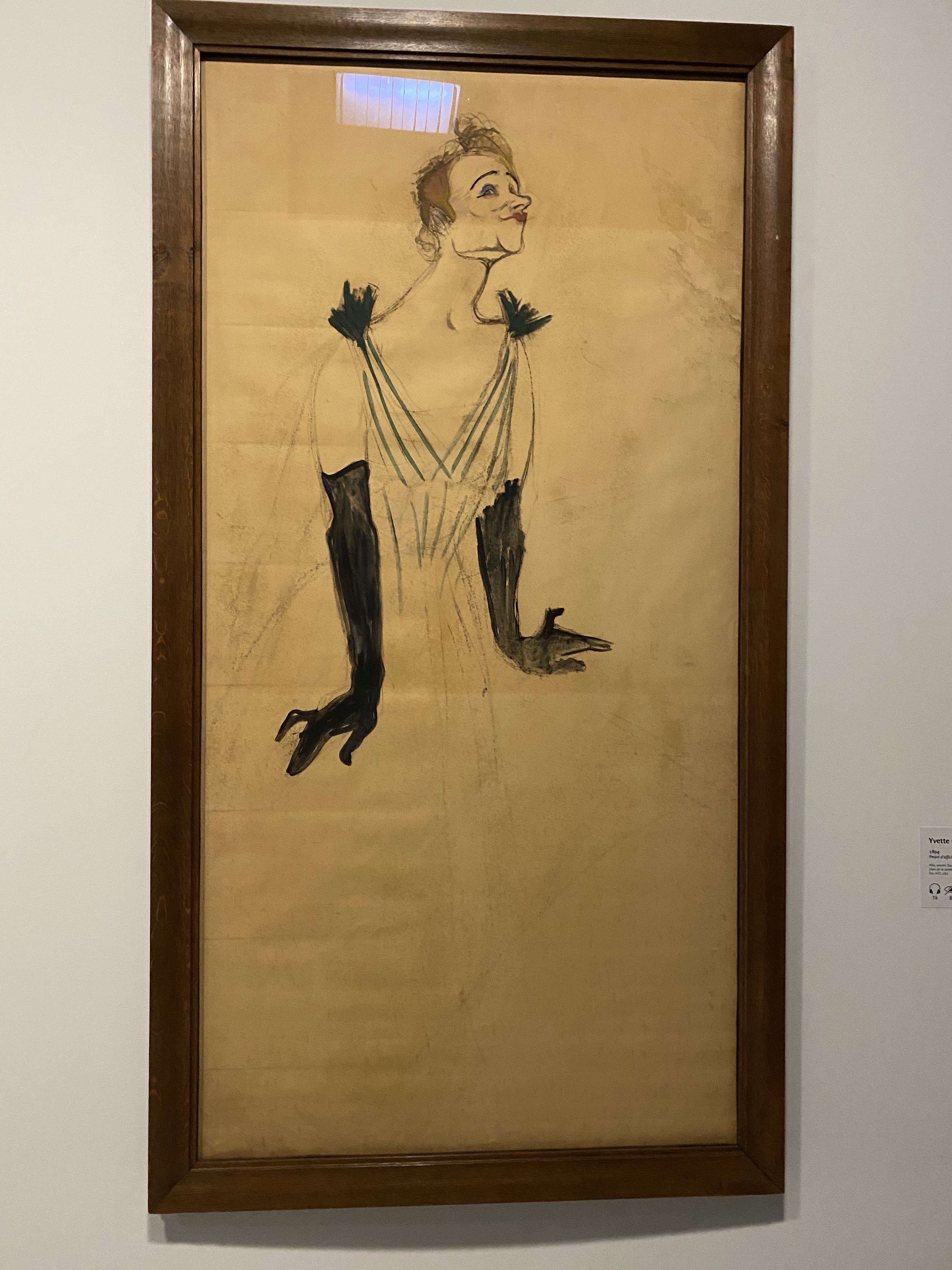


The exhibition was excellent. I am becoming a very lazy art historian. I’m sorry to say that I don’t enjoy muscling my way through exhibitions anymore. I am spoiled because, once upon a time, I could view these shows privately. It’s not nice to be just another visitor. Boo hoo.
Still, the show was magnificent and I’m glad I saw it!
And, because so much of Lautrec’s work was devoted to the entertainments of Montmartre, the curators included this great film clip:






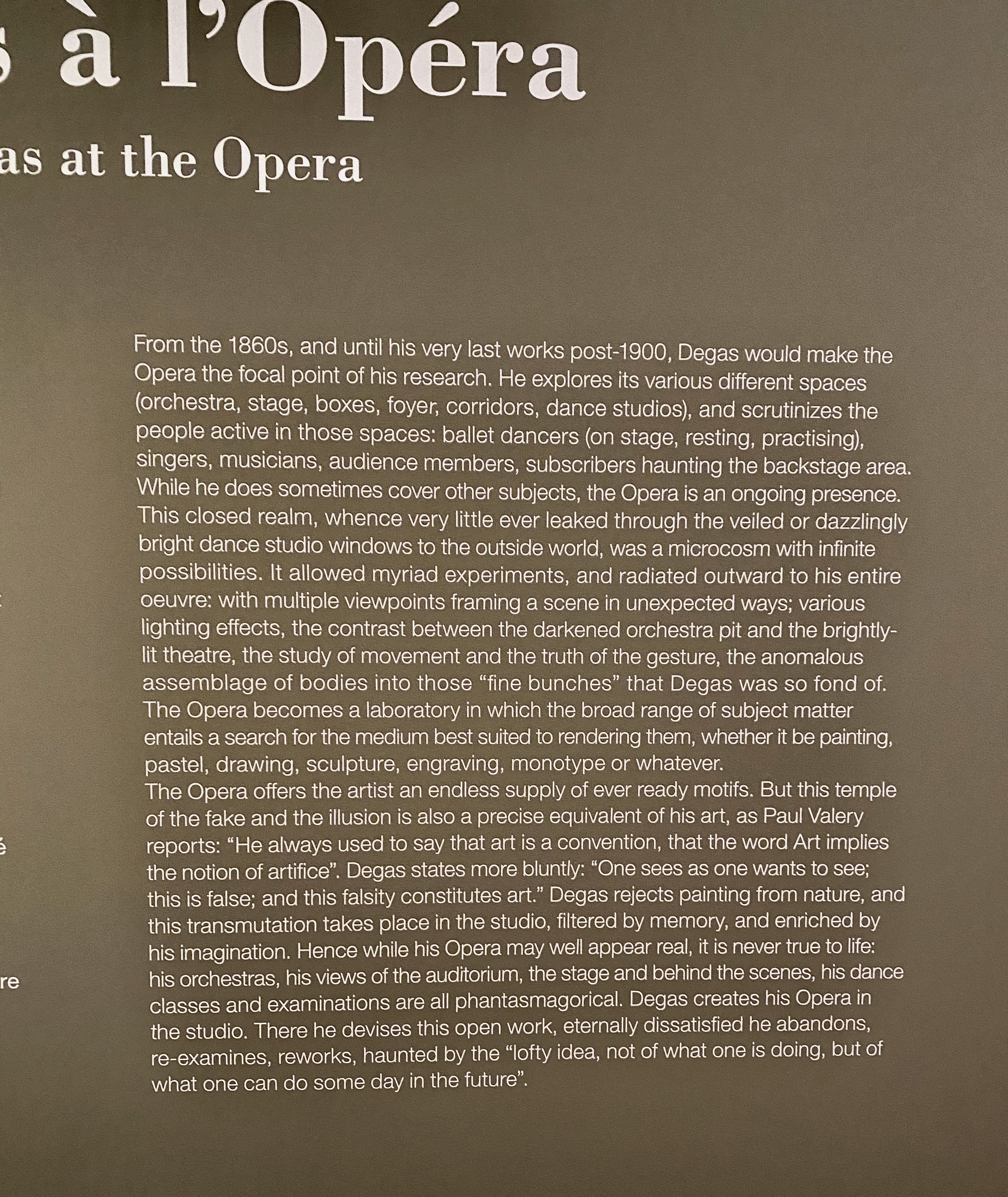




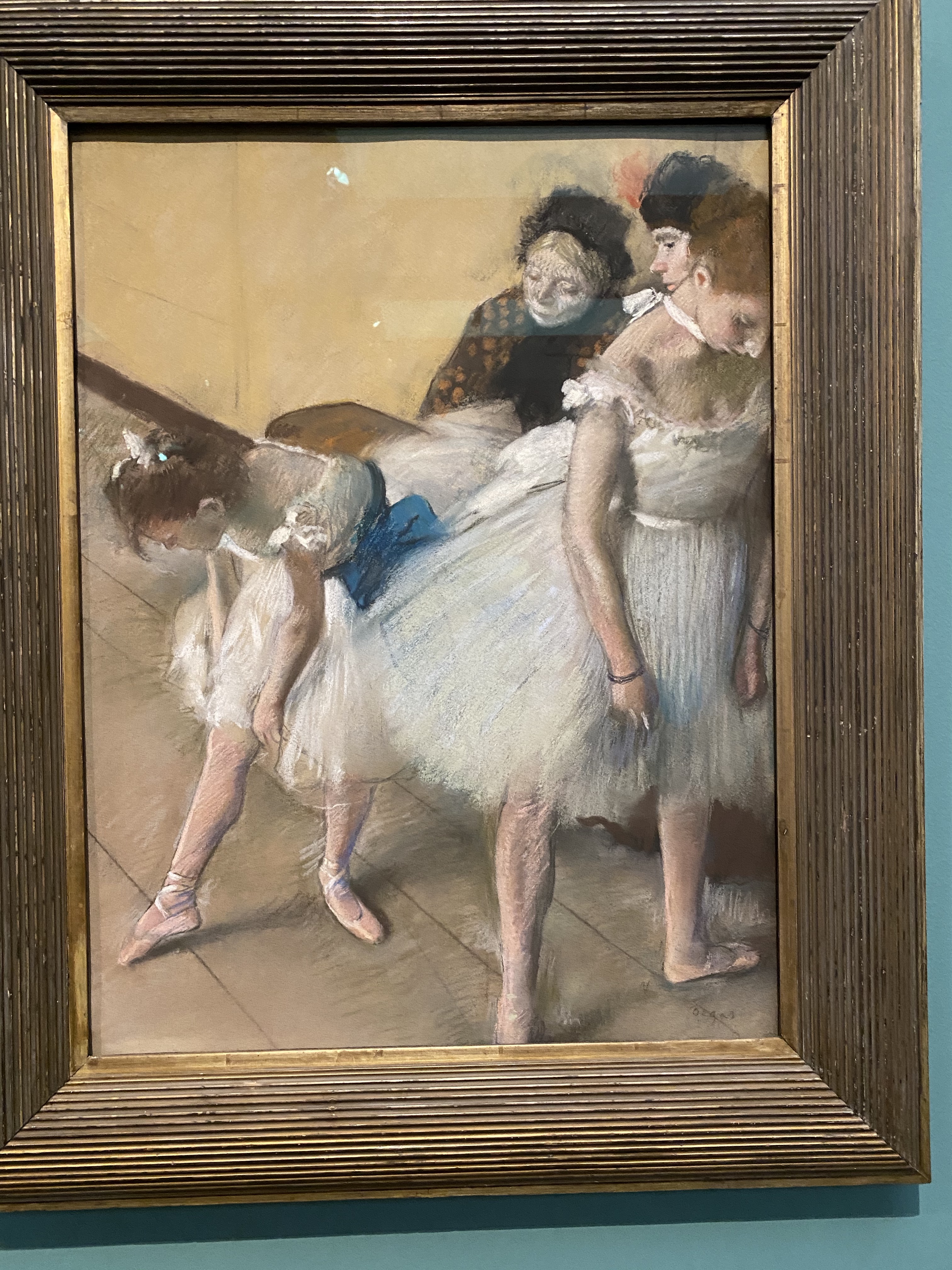

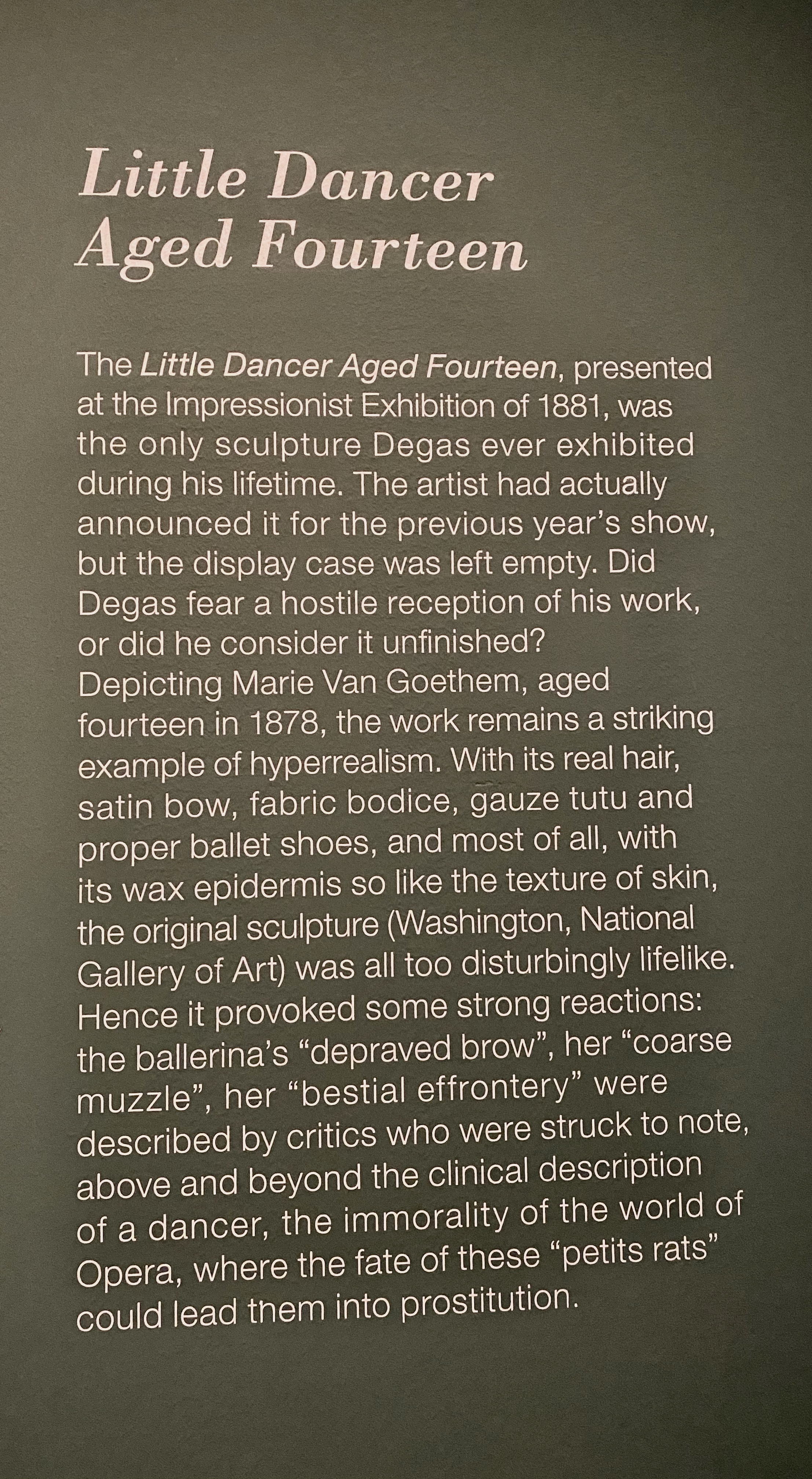







































You must be logged in to post a comment.